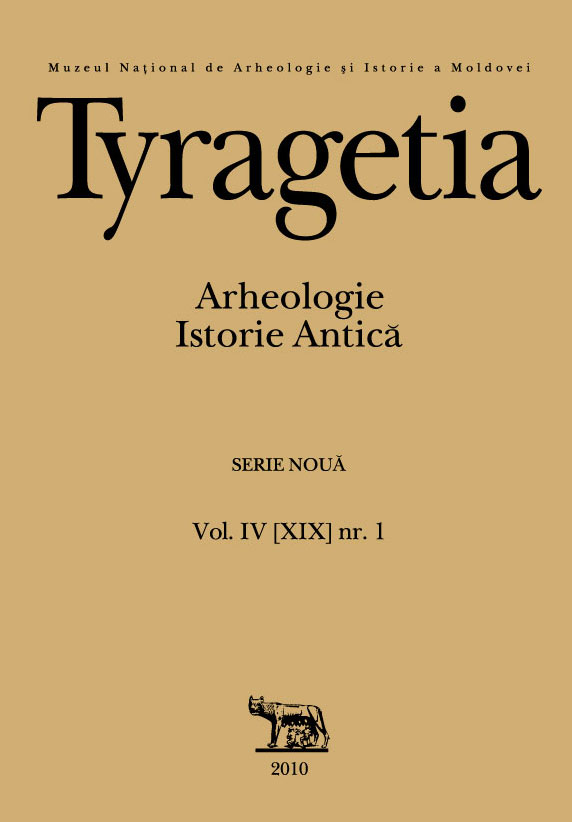О некоторых украшениях и деталях декора одеяний населения Карпато-Дунайского региона в XIV-XVII веках
On some ornaments and clothing accessories of the populations from the Carpathian-Danubian space in the 14th-17th centuries
Author(s): Svetlana ReabţevaSubject(s): Archaeology
Published by: Muzeul Naţional de Istorie a Moldovei
Keywords: Carpathian-Danubian space; 14th-17th centuries; jewelry; clothing accessories; filigree technique; granulation technique
Summary/Abstract: The present study analyses some types of ornaments specific to the costume of the population from the Carpathian-Danubian space in the 14th-17th centuries. In the category of head ornaments needles are included, intended for fixing the head covers and to decorate the hair. The earliest examples are represented by needles with bird-shaped end discovered at Pohrebeni (Republic of Moldova) and Suceava (Romania). The needles and clips with roundish ends, often decorated with rosettes made of metal wire and precious stones, are more widely known. Such pieces are found in the inventory of archaeological monuments from the 15th-17th centuries (treasures from Musaid, Re- public of Moldova; Sihleanu, Zăvoia, Covei, Păun from Romania).A specific tradition for the populations’ ornaments in the given region are clothing pieces with applications made using the filigree and granulation technique. Such objects are grouped according to two different traditions. Applications are known, made in the 15th century most probably by Tatar-Mongols craftsmen (Costeşti, Republic of Moldova), Suceava (Romania). It is possible that the type of clothing applications specific to the 15th-17th centuries from Putna, Păun (Romania), Sîngerei, Musaid (Republic of Moldova) were formed under the influence of these pieces. A series of applications and brooches made according to the western-European tradition (Curtea de Argeş, Buda, Sibiu), different from the first two types, are known as well.In the 17th century the set of ornaments is supplemented with specific necklaces known at Hîjdieni, Saharna (Re- public of Moldova). The appearance of these objects in the group of ornaments from Moldova can be explained by influences of Bulgarian traditions. The articles made by the Ciprovici school from Bulgaria were in great demand in the 16th-17th centuries. It is known that the craftsmen of this school manufactured toreutic articles and various ornaments, mostly for the neck, made of thin wire, at custom order of princes from the Romanian countries. In conclusion we show that ornaments of the population from the Carpathian-Danubian space in the 15th-17th centuries represents an integral complex of pieces based on various traditions and cultural influences.
Journal: Tyragetia (Serie Nouă)
- Issue Year: IV/2010
- Issue No: 1
- Page Range: 249-262
- Page Count: 14
- Language: Russian

